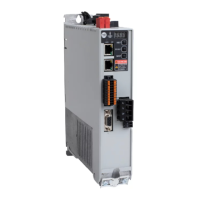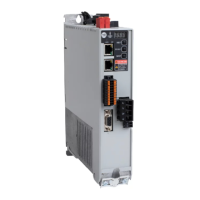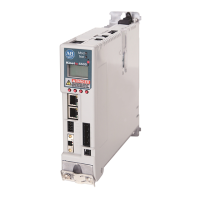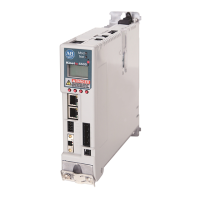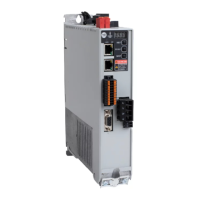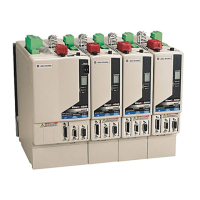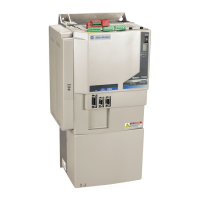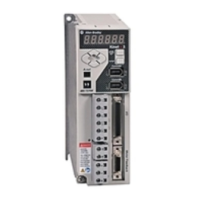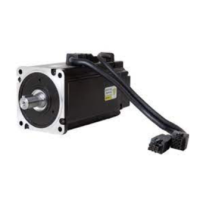Rockwell Automation Publication MOTION-AT007A-EN-P - May 2020 7
Chapter 1
DC-bus Wiring Guidelines
This chapter provides guidelines for wiring DC common-bus drive systems. Common-bus configurations can be regenerative or non-
regenerative. Other variations include active and passive shunt resistors.
Drive Systems
Generally, it is desirable to have the Kinetix 5700 drive mounting order match the machine layout. However, if a mix of drive frame sizes is
used in the system, we recommend that the inverter modules are mounted according to power rating (highest to lowest) from left to right (or
right to left) starting with the highest power rating. The DC-bus power supply or regenerative bus supply can be mounted anywhere within
the cluster.
It is often advantageous to place the Kinetix 5700 bus supply in the middle of the line-up to minimize the distance to the farthest loads.
Shorter distances can minimize the energy that is stored in the parasitic inductance of the bus structure, which helps to lower peak-bus
voltages and mitigate voltage transients during operation. The Extended DC-bus Installation Example
on page 8, illustrates a Kinetix 5700
drive system with a PowerFlex® 750-Series drive, Kinetix 7000 drive, and Kinetix 6000 drive system all powered by the 2198-RPxxx
regenerative bus supply.
Common Bus Configuration Definition
Non-regenerative (diode-front-end)
The non-regenerative common DC-bus topology uses a pulse-width modulated (PWM) controlled insulated-gate bipolar
transistor (IGBT) converter that provides single-direction power flow from the incoming AC line. The full-wave bridge
rectifier converts three-phase AC voltage to a fixed DC-bus voltage. This configuration contains one or more inverter
drives connected directly to the DC common bus.
Non-regenerative with passive or active shunt Same as non-regenerative, but with an added shunt module to dissipate excess regenerative DC-bus energy to a resistor.
Regenerative (active-front-end)
The regenerative bus supply, active front end (AFE) topology, uses a pulse-width modulated (PWM) controlled insulated-
gate bipolar transistor (IGBT) converter that enables bidirectional power flow from and back to the incoming AC line. The
full-wave bridge rectifier converts three-phase AC voltage to a fixed DC-bus voltage. When the DC-bus voltage is
increased above a threshold, a portion of the DC-bus voltage is converted back to three-phase AC voltage. This
configuration contains one or more inverter drives connected directly to the DC common bus.
Regenerative with active shunt
Same as regenerative, but with an added shunt module. In this configuration, some regenerative DC-bus energy flows to
the incoming AC line, and the excess DC-bus energy (that is not regenerated) is dissipated to an external active shunt
module. See Kinetix® 5700 Servo Drives User Manual, publication 2198-UM002
, for specific active shunt
recommendations to be used with the 2198-RPxxx regenerative bus supply.
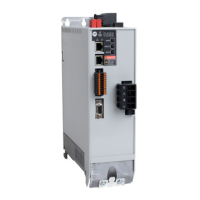
